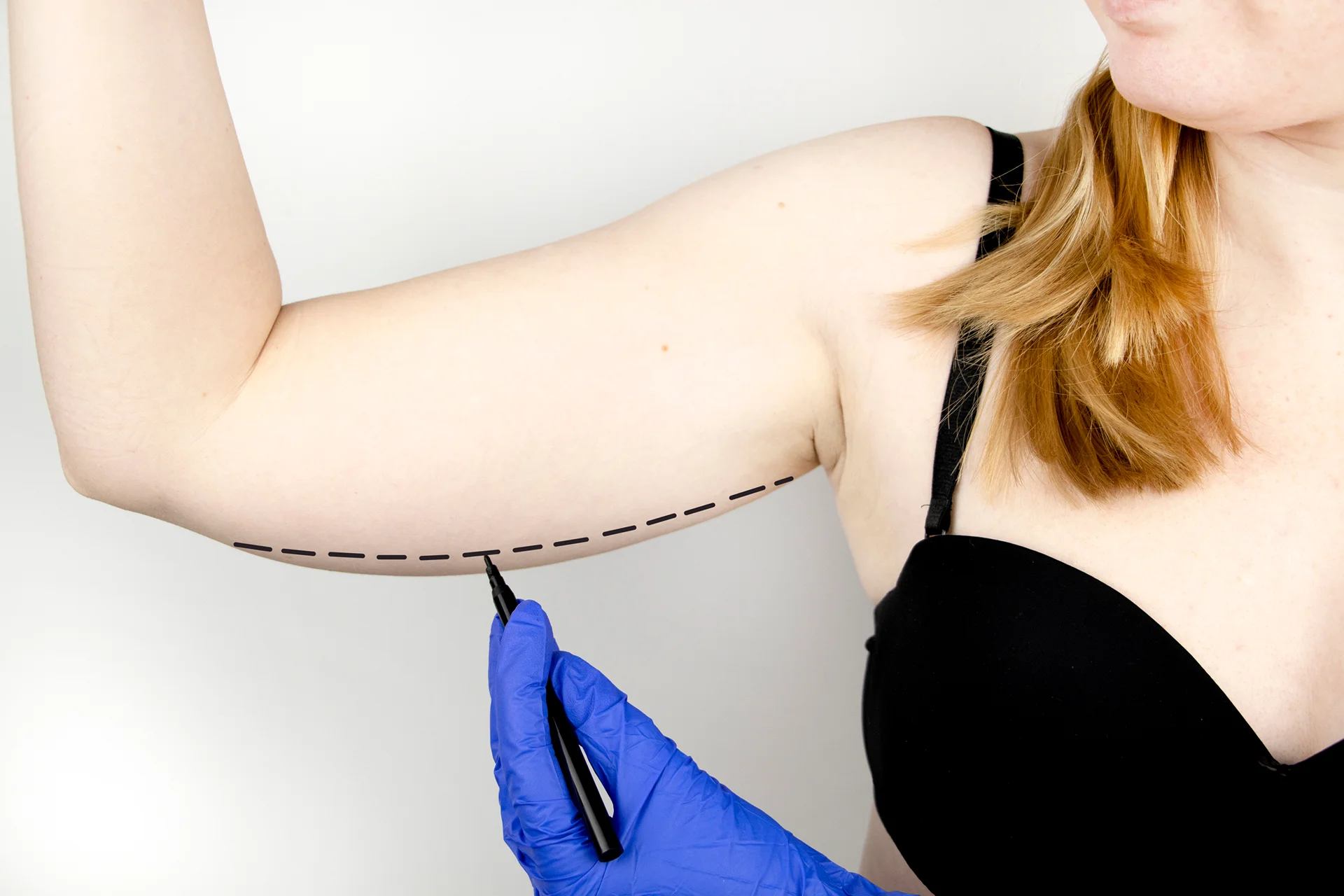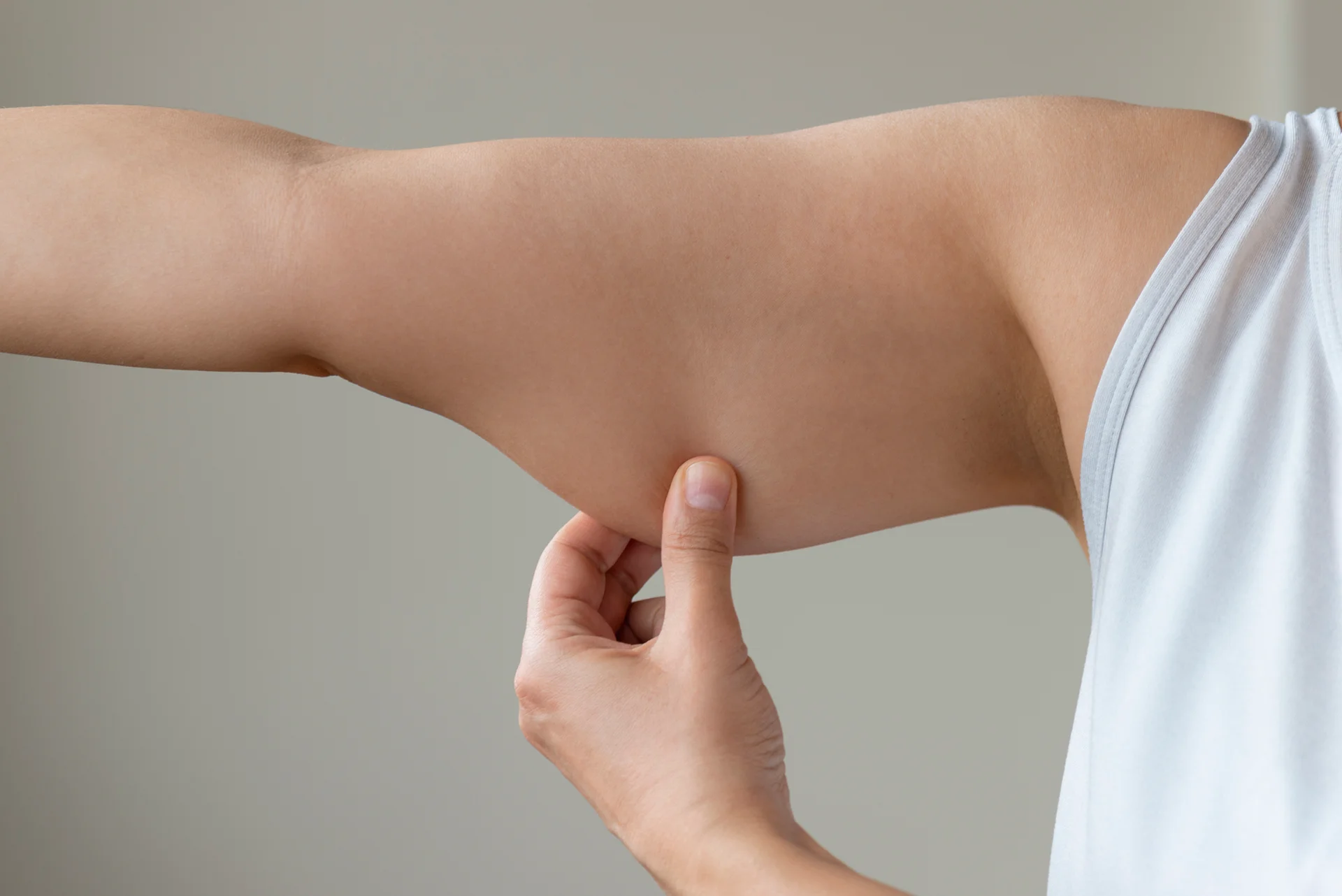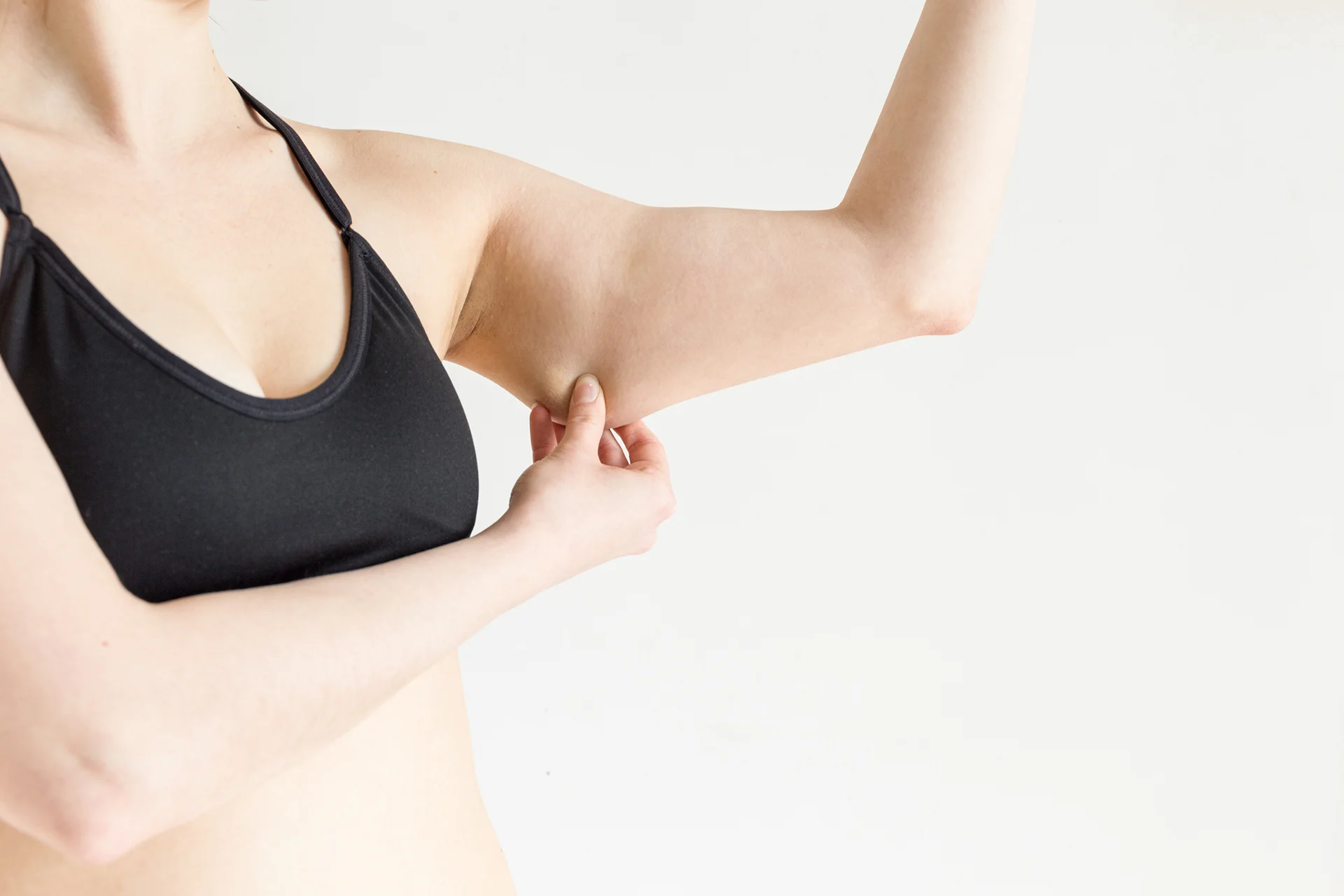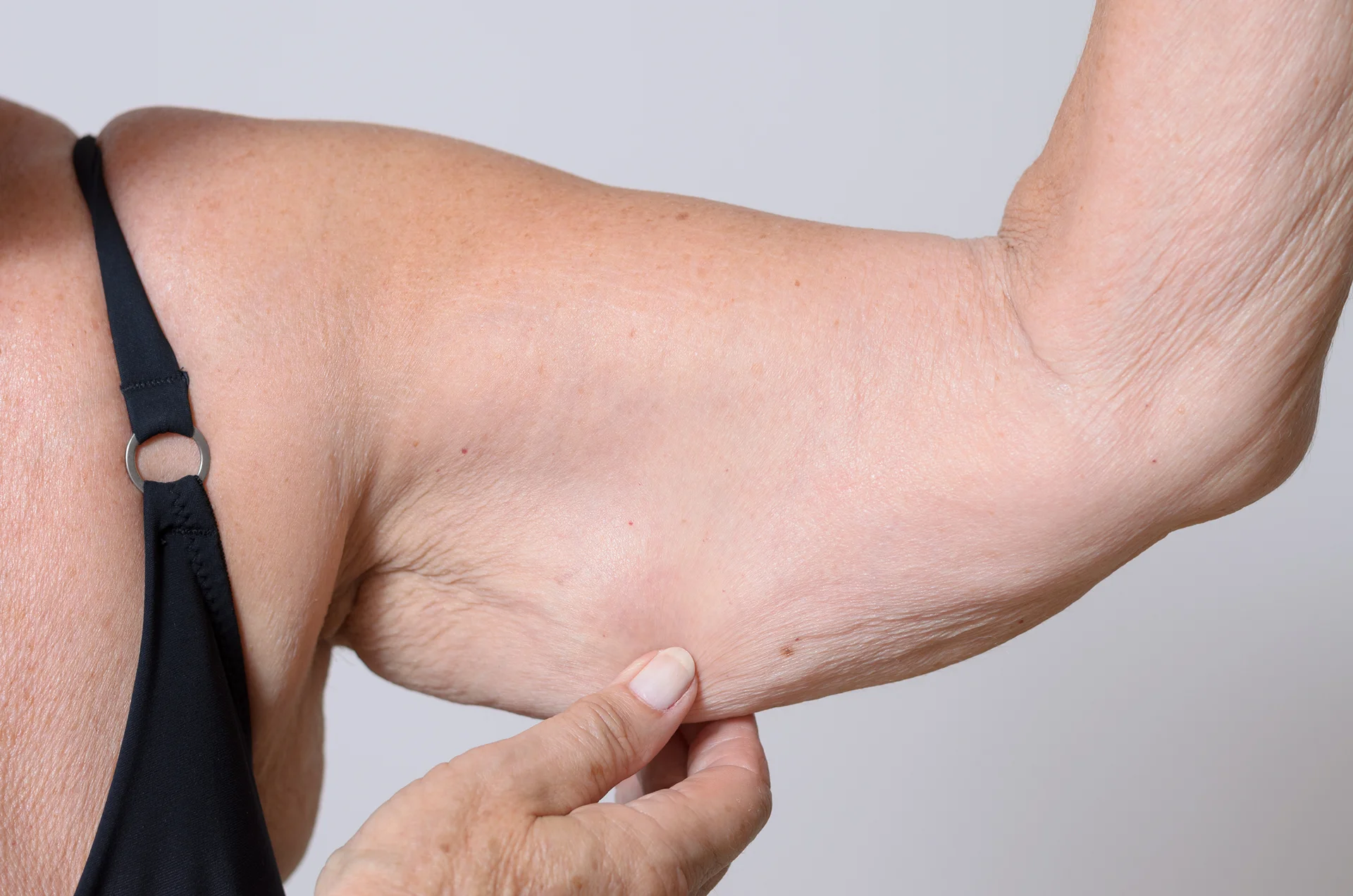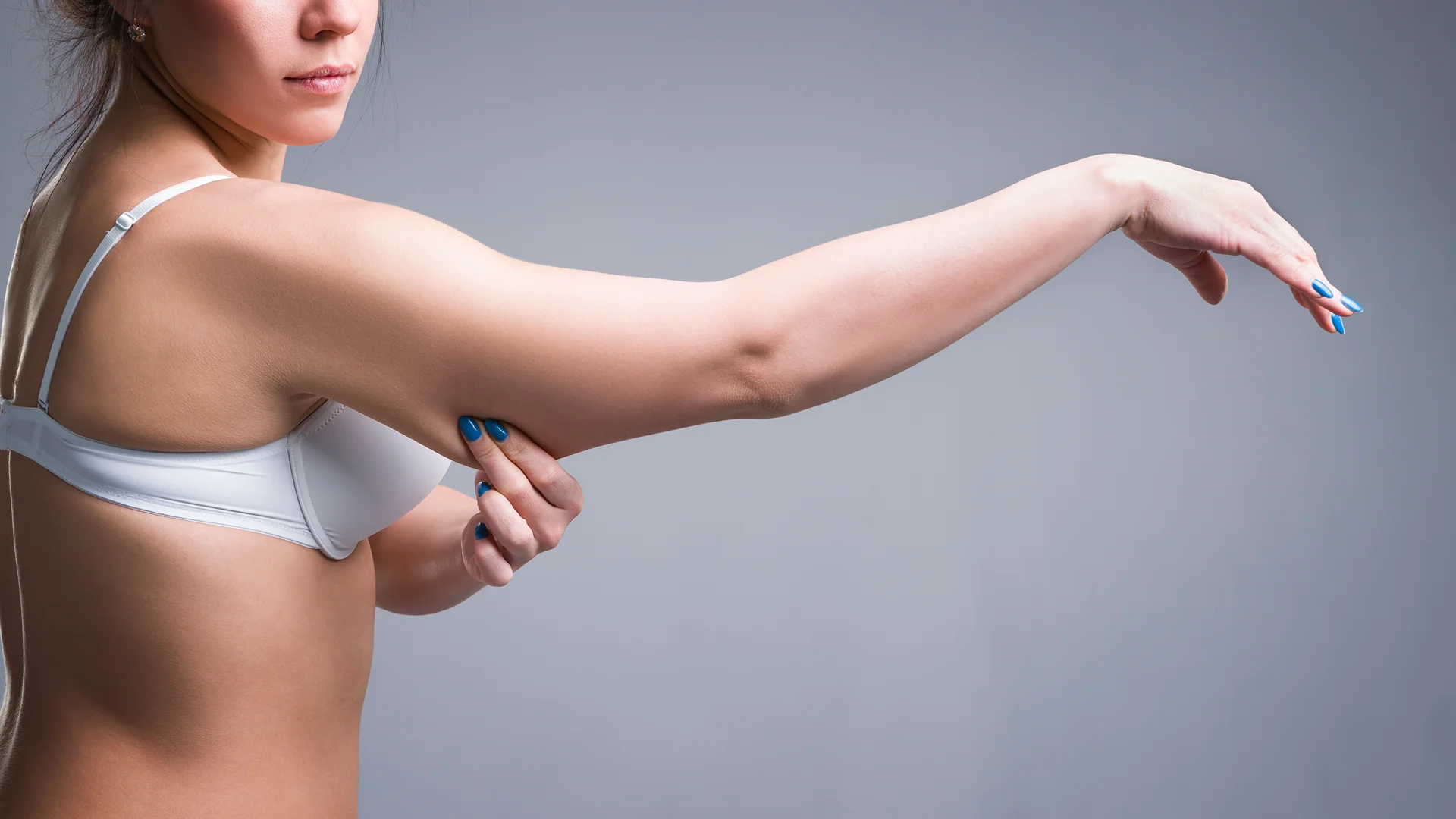Brachioplasty Scars: What to Expect, Treatment Options, and Healing Timeline
While brachioplasty will leave scars, they typically fade significantly over time, and with proper care, your scars can be minimized while still achieving the toned, sculpted arms you desire.
Have you been considering a brachioplasty, also known as an arm lift? While this surgery can offer fantastic results by removing excess skin and tightening the upper arms, it’s completely understandable to have questions about potential scarring. After all, any surgical procedure leaves a scar, and this is a natural part of the healing process.
What Do Brachioplasty Scars Look Like and How Do They Change Over Time?
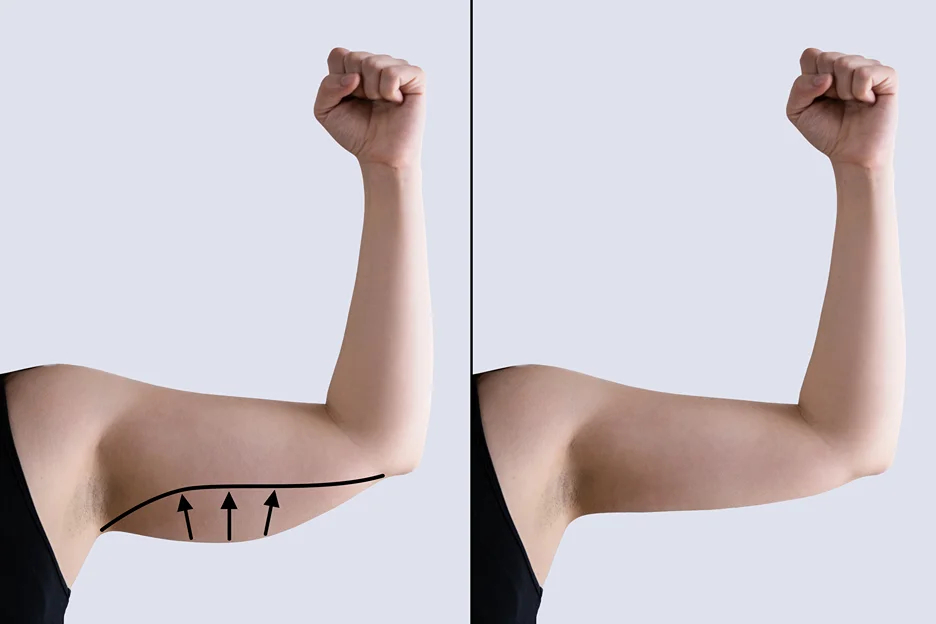
Let’s be clear: there will be a scar after a brachioplasty. The incision is usually placed on the inner or back part of the arm to make it as discreet as possible. However, the scar’s appearance will evolve significantly as you heal.
Fresh Scars
In the immediate aftermath of surgery, your scars will be red, raised, and likely somewhat tender. This is normal! Your body is working hard to mend the incision.
The First Year
Within the first few months, the redness will diminish, and the scar will flatten. While the scar remains visible, its color will continue to blend more subtly with your skin tone. Individual healing rates vary, but by about the one-year mark, you’ll have a good sense of your long-term scar appearance.
Beyond One Year
Scars continue to mature and soften long after your initial healing. Most individuals will see their scars fade further over time, often becoming thin, pale lines.
Do Brachioplasty Scars Always Fade Away on Their Own?
Typical Scar Fading
For most people, yes, brachioplasty scars fade significantly over time, although they may not disappear completely. Your body has a remarkable ability to heal, and most scars will naturally become less and less noticeable.
Problem Scars
In some cases, individuals might develop problematic scars like keloid or hypertrophic scars. These scars are thicker, raised, and can be darker than the surrounding skin. If you have a history of problematic scarring or are concerned about this possibility, be sure to discuss this with your surgeon before your surgery.
When Is It Safe To Consider Scar Removal Options After Brachioplasty?
Patience is key when it comes to scar healing! Your brachioplasty results, including the ultimate appearance of your scar, take time to fully develop.
Embrace a Full Year of Healing
Dr. Darren M. Smith recommends waiting at least a full year after your brachioplasty before considering treatments specifically targeting the scar. This allows your body to go through its complete healing process.
Always Consult a Professional
If you have concerns about your scar after it has fully matured, schedule a consultation with a qualified dermatologist. They will assess your scar and discuss the best options for your specific situation.
What Scar Removal Methods Are Used After Brachioplasty?
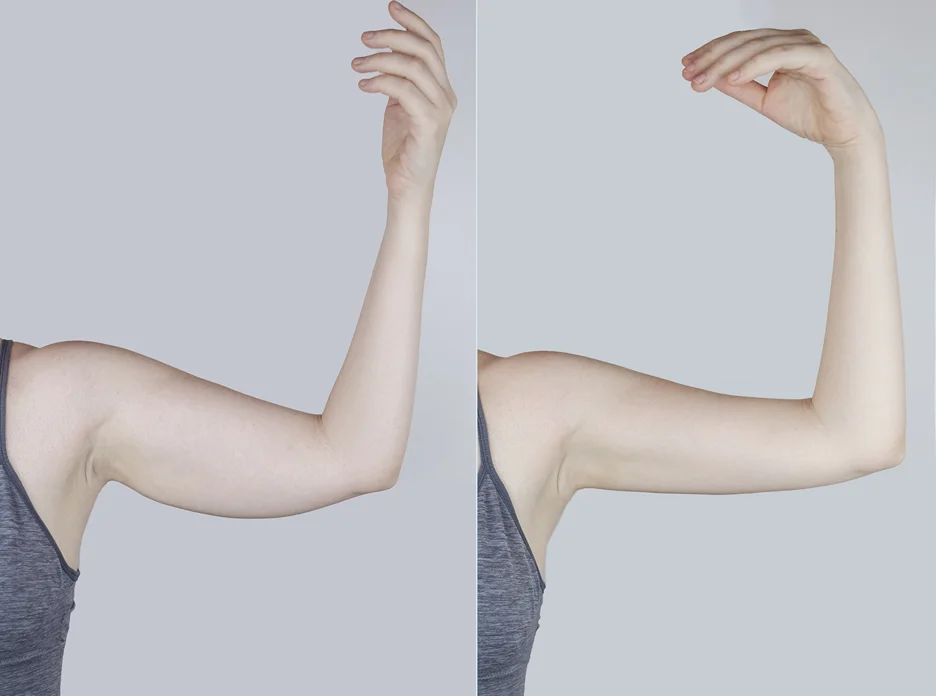
There’s a range of scar treatment options, and the best choice for you will depend on your individual scar characteristics and your desired outcome.
Non-Invasive Options
- Silicone gels/sheets: Often recommended as a first step and available over-the-counter. These can help soften and flatten scars over time.
- Topical Creams: Various creams containing ingredients like Vitamin C or retinol are marketed for scar reduction, but their effectiveness is variable.
Minimally Invasive Options
- Steroid Injections: Can help flatten and soften raised scars.
- Laser Therapy: Different laser treatments can potentially improve scar texture and discoloration.
Surgical Revision
In rare cases, surgical scar revision might be considered. This is typically reserved for severe or restrictive scars and involves surgically removing scar tissue and carefully re-closing the incision.
Optimizing Your Brachioplasty Journey for Fading Scars
While we’ve explored the general timeline of scar healing and treatment options, here’s how you can actively participate in optimizing your brachioplasty journey for the best possible scar outcome:
Partner with Your Surgeon
- Choosing the Right Surgeon: Board certification and extensive experience in brachioplasty are crucial. A skilled surgeon will use meticulous surgical techniques that minimize tension on the incision, promoting optimal healing and a finer scar.
- Open Communication: Discuss your scar expectations openly with your surgeon during your consultation. They can assess your individual risk factors for prominent scarring and tailor the surgical approach accordingly.
Post-Surgical Care is a MUST
Following your surgeon’s post-operative instructions diligently plays a vital role in scar healing. Here are some key practices:
- Minimize Swelling: Wearing a compression garment as directed by your surgeon helps reduce swelling and promotes proper healing.
- Sun Protection: Ultraviolet (UV) exposure can worsen scarring. Be diligent about using broad-spectrum sunscreen (SPF 30 or higher) on your arms, especially during the first year of healing.
- Scar Massage (with Caution): Once your surgeon clears you, gentle scar massage can improve blood flow and potentially soften scar tissue. However, avoid aggressive massage as this can irritate the scar and potentially worsen its appearance.
Maintaining a Healthy Lifestyle
- Balanced Diet: A diet rich in fruits, vegetables, and lean protein provides your body with the essential building blocks it needs for optimal healing, including scar formation.
- Hydration: Staying well-hydrated promotes overall skin health and may contribute to better scar healing. Aim to drink plenty of water throughout the day.
- Smoking Cessation: Smoking constricts blood vessels, which can hinder the healing process and potentially lead to more noticeable scars. If you smoke, quitting before surgery is highly recommended.
Conclusion
Brachioplasty scars are a natural consequence of the surgery, but with proper preparation, meticulous surgical technique, and dedicated post-operative care, you can significantly improve the chances of achieving a smooth, faded scar.
Remember, patience is key. Allow your body ample time to heal, and don’t hesitate to consult your surgeon or a dermatologist if you have any concerns about your scar’s appearance after it has fully matured.
By following these guidelines and working closely with your healthcare team, you can enhance your brachioplasty experience and achieve beautiful, long-lasting results.
